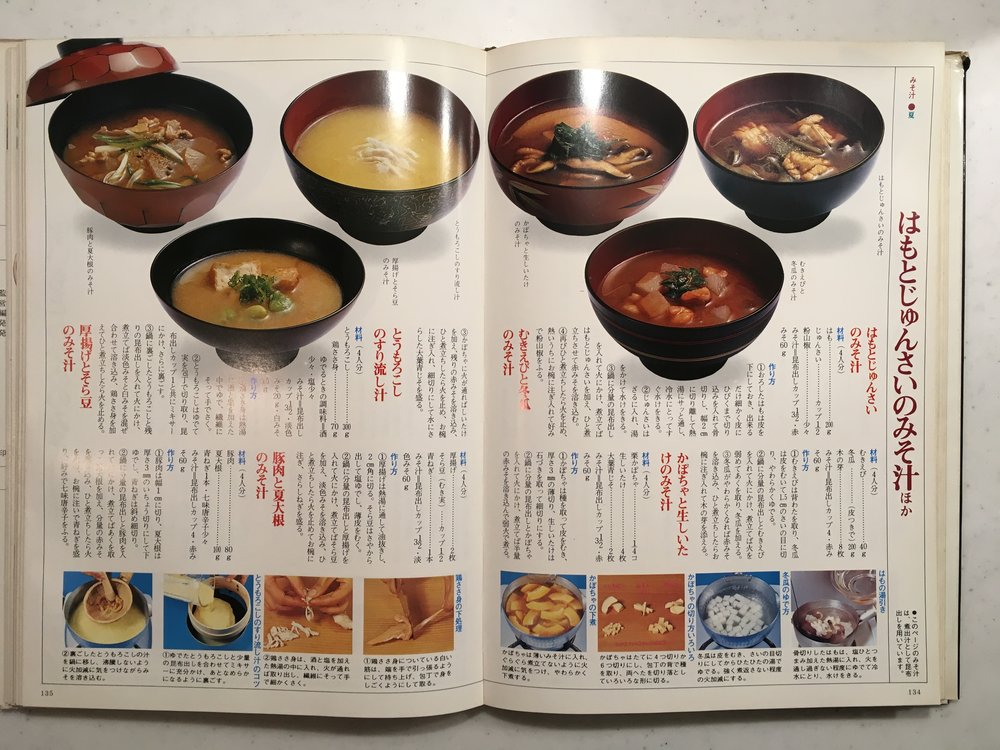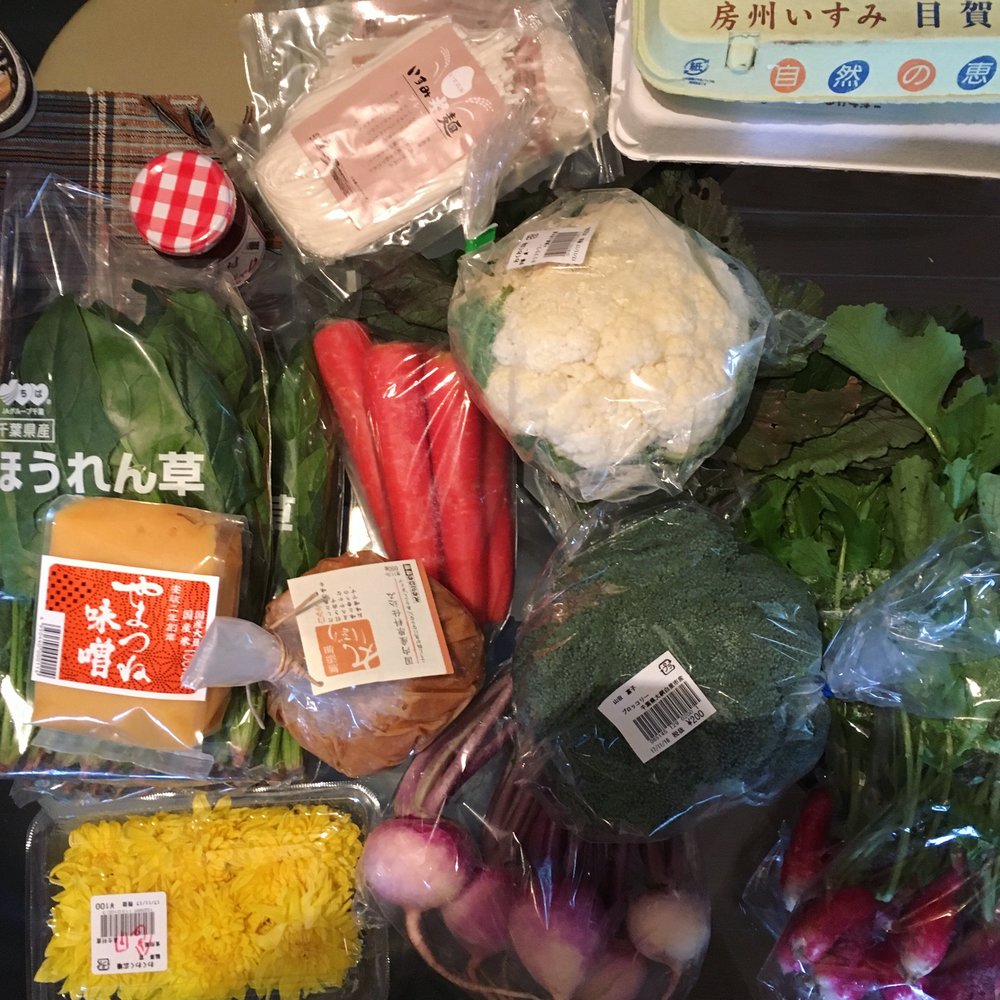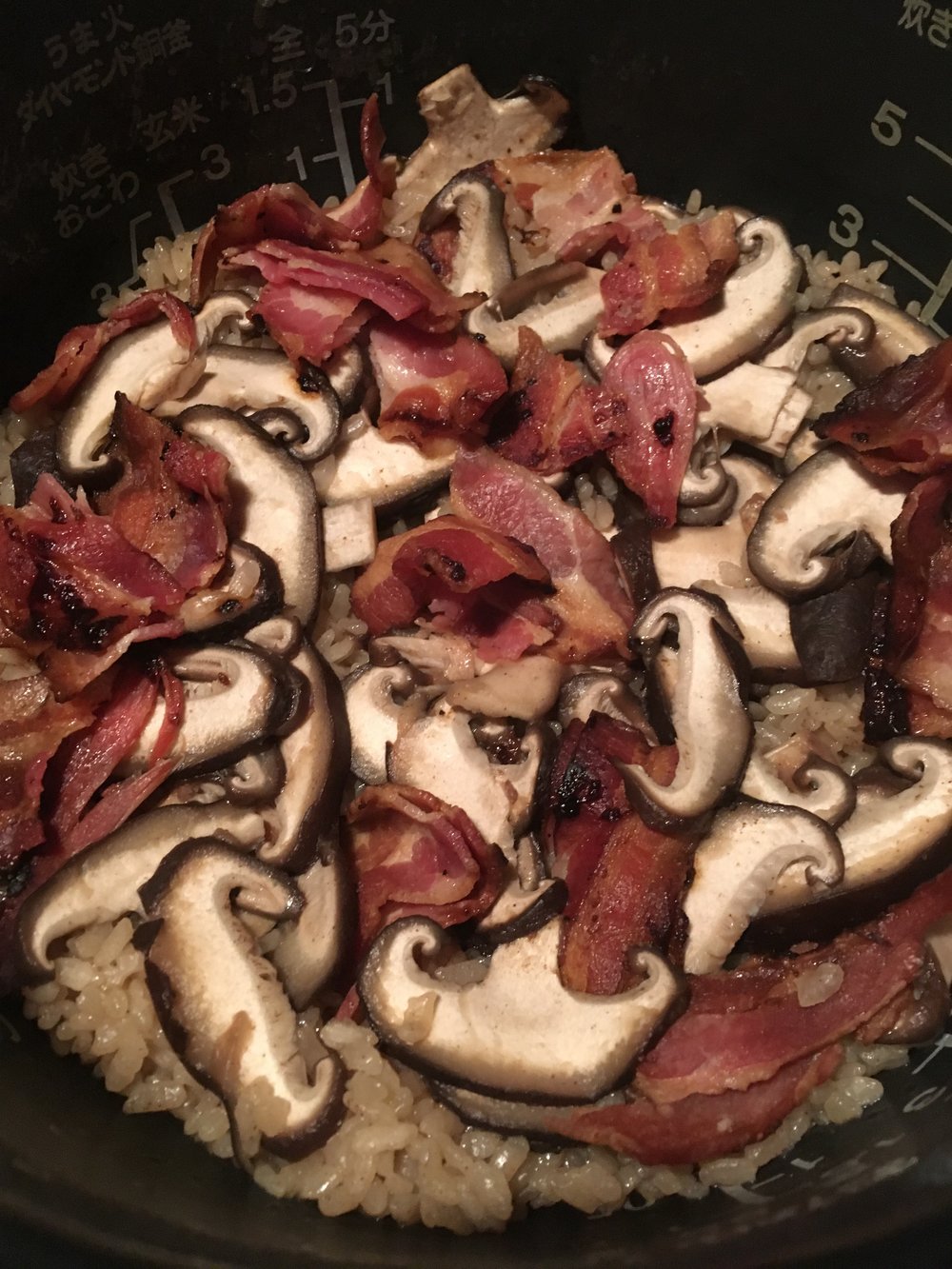The last weekend we spend in the country before traveling for a few weeks in Europe: Italy and France, and it is perfectly cold and sunny, just how like the mornings it this season. To warm us up before going outside play tennis and garden, a rich breakfast is now needed and this morning I chose to make rich pancakes, but not muesli pancakes, since A. is not a big fan of muesli. But almond in cakes he likes very much. The recipe is really simple, they are fluffy, warm and nourishing. The recipe is vegan, but you can add eggs if you want them even richer. So here is my recipe with proportions that are about, adjust slighty if needed! Enjoy the weekend!
Double almond pancakes
– 200g of flour
– 1 glass of almond milk
– 80g of almond powder
– 1tsp of baking powder, and a pinch of salt
– 2tbs of sugar (optional)
– 1/2 vanilla bean
In a large bowl, add the flour, the baking powder, the salt the sugar. Stir and add the almond milk. Then the almond powder and the vanilla. The dough must be creamy thick. If it is too hard add a bit of almond milk or water, if it is too wet add a little bit more almond powder or flour.
Heat a anti-adhesive fry pan, don’t grease it. Cook the pancakes on both sides for a few minutes. Eat warm!














